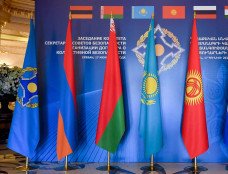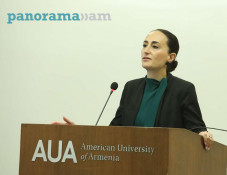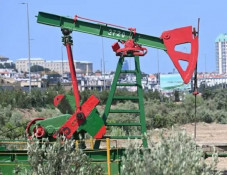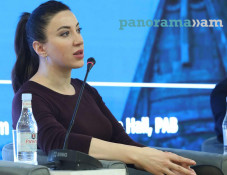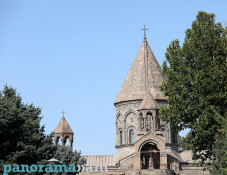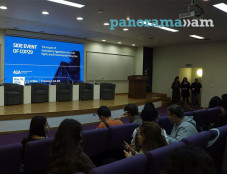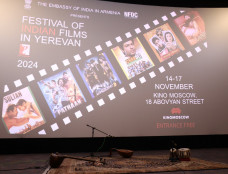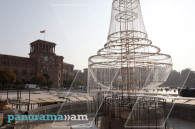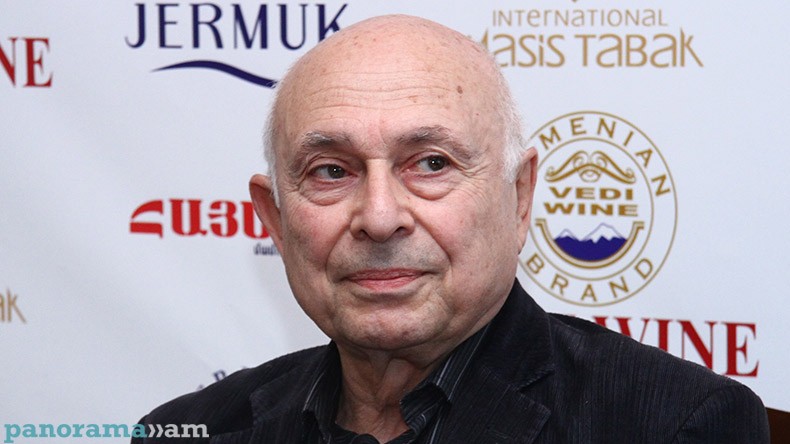
Rouben Galichian’s book about Azerbaijani falsifications shows methodology of their scientific dishonesty
For more than half a century, the authorities of Azerbaijan have been pursuing an agenda to prove to the rest of the world that Armenians are newcomers to the South Caucasus, while they are the indigenous people of the region originating from the Albanians and Oghuz Turks. They strive to introduce all the Christian monuments in the South Caucasus, in the territories of Azerbaijan, Artsakh and Armenia as Albanian, hence Azerbaijani, famous cartographer Rouben Galichian writes in the conclusion of his book Historical and Geographical Falsifications of Azerbaijan, a historical, cultural and cartographical research based on a detailed analysis backed by documentary evidence.
Galichian writes that Azerbaijan also pursues another aim, a political one – to annex the Iranian provinces of Atrpatakan. “Actually, the intention of this book was to expose the historical and scientific falsifications and forgeries serving to that aim,” he writes.
There exist various and often contradicting theories over the problem of the formation of the Azerbaijani ethnos/nation in the modern science. However, there seem to be no scientific polemics and disagreements over the issue among the Azerbaijani scholars. The researches published in Azerbaijan show that the intelligentsia of the country put all the efforts to create a firm national identity and a memory of a common past.
“The aim of such researches, in accordance with the current political slogan, is to prove, in particular to the neighbours, the authenticity of their history and culture, which was in reality invented by themselves,” Galichian writes. He points out that blunders are often made in this process and they find their reflection in the theories contradicting to each other.
Currently, the Azerbaijani authorities use historical figments and falsifications to divert the focus of the society from the socio-economic problems inside the country. Meanwhile, they attempt to claim a national identity and dignity as an ancient nation in the region.
Analysing various materials (mainly cultural, historical and cartographic) in his book, Rouben Galichian examined the main historical and geographical distortions in the Azerbaijani historiography and proved their ‘groundlessness and antiscientific nature.’
Summing up, Galichian derives the following theses based on the factual material:
1. The writings of the Greco-Roman, Islamic and Christian travellers and historians clearly and unambiguously evidence Armenians’ at least 25-century-long presence in the territory lying to the south of the Caucasus and reaching the lake Kaputan.
2. The Armenians forcibly resettled from Nakhijevan, South Caucasus and other places and currently residing in the Iranian Nor Jugha (New Julfa) and in many other places are a living proof of that fact.
3. The multitude of Christian monasteries, churches, chapels, khachkars and other monuments, built between 10th and 19th centuries in the territory of Aghvank Proper [Boun Aghvank] and Artsakh, could not have been built by the descendants of the Islamised Albanian tribes or the insignificant number of Udis who remained Christian. Only the Armenians could be their creators.
4. The Azerbaijani authorities’ policy of total destruction and eradication of the Christian monuments is yet another proof that either the Azerbaijanis are not the Albanians’ descendants and, therefore, the Christian monuments are alien and unacceptable for them, or the ancient monuments they destroyed (including the khachkars in a medieval cemetery in Jugha) do not belong to the Albanian tribes but to other people, namely, the Armenians.
5. A country named Media existed in the territory to the south of the river Araks. Its northern part was called Lesser Media, also known as country of Atropat – Atrpatakan, a name an Iranian province used to have. However, as a result of administrative changes it was divided into three parts – Ardabil, Western and Eastern Azerbaijan.
6. The majority of the Albanian tribes converted to Islam between the 7th and 9th centuries.
7. A country called Albania/Arran/Aghvank existed north of the Rivers Araks and Kura. It gradually disappeared from the maps in 11th and 12th centuries.
8. All the facts evidence that no country named Azerbaijan north of the River Araks existed until 1918.
9. Therefore, the concepts ‘Northern’ and ‘Southern Azerbaijan’ are not true. These are invented terms based on the Azerbaijani researchers’ figments to serve political aims and were released into circulation in the 20th century with the promotion of the USSR and Azerbaijan SSR authorities.
10. Turkic tribes from Central Asia invaded the South Caucasus since the 9th century, and some of the Azerbaijani historians consider them to be their ancestors.
11. The population of Atrpatakan did not speak Turkic in the middle ages, but Azeri, one of the branches of the Persian language, which gradually died away, yielding its place to the Turkic language of the newly-arrived rulers.
12. The neighbours of the Azerbaijan Republic – Armenia, Georgia and Iran – have had a written language and literary traditions throughout centuries, while Azerbaijan, which declares itself ‘millennia-year-old nation and people’ adopted an alphabet only in the 20th century. At the beginning, it was based on Cyrillic and later on Latin script. The scant literature, created in Azerbaijan in colloquial Turkic language, dates from the 19th century. As a result of the lack of their own historical sources, the Azerbaijani historians and researchers used the Armenian chroniclers and the Armenian literature as ancient sources.
13. The people living in the present-day Azerbaijan Republic are a mixture of the descendants of the Albanian tribes, Persians, Atrpatakanis, Tatars, Turks, Seljuks, Mongols and other local and nomadic tribes inhabiting the lands until the mid-19th century.
Galichian notes that the methodology of the dishonesty of the Azerbaijani historiography is shown in the book Historical and Geographical Falsifications of Azerbaijan demonstrated in viewing Armenian historical and geographical problems. A roughly selective approach is applied in citing various sources, whole pages are omitted when translating original texts, and their meaning and content is being falsified and distorted. Researches fudged in that manner are really nothing but fiction and fraud unaccepted in scientific circles and impermissible for publishing in the media.
“If the Azerbaijani intelligentsia claims themselves to be a separate nation with original ancient culture, they must decide who their ancestors are. The Central Asian Turkic people or the Christian Albanians? Historical facts rather than figments are needed to find answers to such questions,” Rouben Galichian concludes.
Born in Tabriz, Rouben Galichian is a descendant of refugees from Van who survived the Genocide. He received scholarship and studied engineering at Aston University, Birmingham (UK). Since in 1981, he started to study the rich cartographical heritage in the libraries of the UK and other European countries. His first research, Historic Maps of Armenia (in English), was published in 2004. It was a collection of maps from various libraries and museums in the world, where Armenia was noted, beginning from the 6th century to the present times. His second book, Armenia in World Cartography, was published in Yerevan in 2005. The research ‘Countries South of the Caucasus in Medieval Maps. Armenia, Georgia and Azerbaijan’ (in English and Armenian) was published in 2007. The book The Invention of History (in English) was published in 2009.
In his book Historical and Geographical Falsifications of Azerbaijan, published in 2013, the author details the reasons, aims and methodology of the falsification of the history of Azerbaijan and the countries of the region.
Related news
- Rouben Galichian: Authorities and scholars in Azerbaijan try to deny and falsify commonly known facts
- Rouben Galichian: Medieval maps rule out Azerbaijan’s existence allegedly to north of Araks
- Rouben Galichian: Prominent medieval Ebstorf Map has 4 mentions about Armenia and none about Azerbaijan
- Rouben Galichian notes peculiarities of medieval Christian and Islamic Cartography and Azerbaijan’s absence on maps
Newsfeed
Videos








